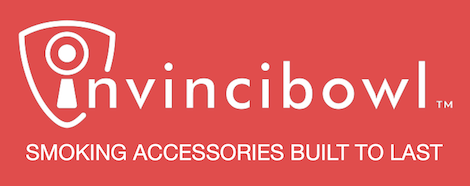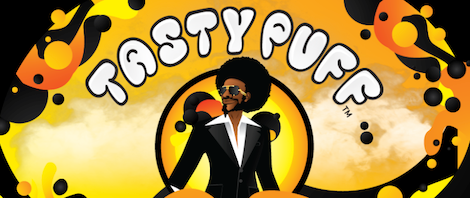Welcome to Cannabinoid Clinic, an education project powered by Higher Learning LV. This series provides cannabis and hemp industry professionals with easily digested cannabinoid profiles that ask little of your time—but provide plenty of science-based information.
There are two categories of cannabinoids: Phytocannabinoids and endocannabinoids. Phytocannabinoids are those produced by cannabis/marijuana/hemp, while endocannabinoids are made by the human body. This series covers both.
Tetrahydrocannabinolic acid (THCA) is the acidic precursor to the most infamous cannabinoid on earth, delta-9 tetrahydrocannabinol (THC). It is derived from the "mother of all cannabinoids," cannabigerolic acid (CBGA), which also produces the important cannabinoids cannabidiolic acid (CBDA) and cannabichromenic acid (CBCA).
Although not psychoactive, research has revealed that THCA delivers a wide range of potential medicinal benefits, including anti-inflammatory and anti-nausea properties. If decarboxylated with heat or a flame, THCA morphs into THC. This occurs when cannabis consumers vaporize or smoke the loose-leaf flowers of the plant.
The primary potential medicinal benefits of THCA are found in its anti-inflammatory and anticonvulsant properties. However, it has also demonstrated neuroprotective and antiemetic properties.
THCA's antiemetic (anti-nausea) properties make this cannabinoid especially valuable to cancer and Crohn’s patients undergoing chemotherapy. Neuroprotective efficacy means that dementia patients and those suffering Alzheimer’s disease, Parkinson’s disease, and Huntington’s disease may benefit from THCA.
Juicing the leaves of mature cannabis plants is one of the best ways to get THCA into your body. However, many patients and consumers do not have access to the raw leaves of the plant. Such consumers can create infused food with loose-leaf flower that they purposefully do not decarboxylate.
Some companies sell products like tinctures that provide THCA suspended in alcohol or oil that can be absorbed sublingually or eaten.
Read More, Learn More: Higher Learning LV




















